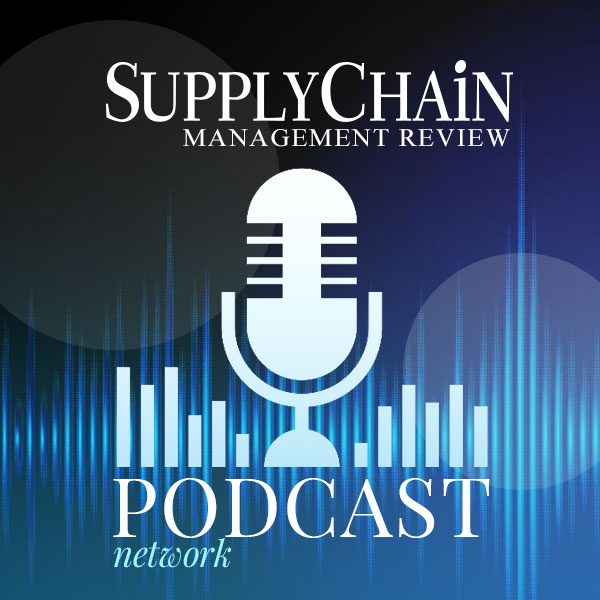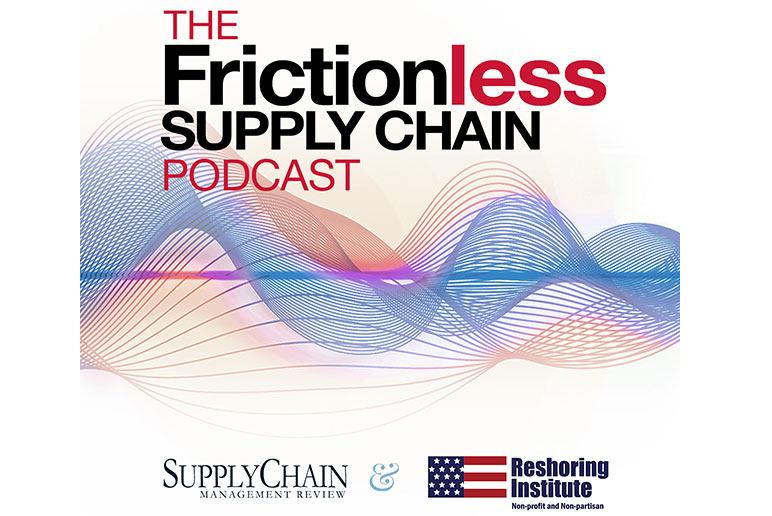There is no doubt that reshoring is a hot trend in 2024. In fact, ever since the Covid-19 pandemic outbreak, the number of companies interested in reshoring has been growing. Why? And why did manufacturing head overseas to begin with?
The answers are many, but Rosemary Coates, the executive director of the Reshoring Institute, spent some time at the recent ISM World Reimagine conference in Las Vegas talking about the reshoring trend, and importantly, why it is happening now.
“I’ve been in the supply chain business for 35 or 40 years, and during that time, the growth in manufacturing and sourcing from China was tremendous,” Coates said. “During the late 1990s and the early 2000s, this was the strategy of most companies … Most of my clients were interested in going to China. And so they would say to me, can you get me to China? Can you help me set up a factory there? Can you help find sources there?”
So that’s what Coates did, which gave her a front-row seat to the offshoring trend that eventually devastated the U.S. manufacturing base.
Why China?
Why were so many companies interested in China? The answer was simple: cost.
“I was working for an automotive client in Beijing, and they were expanding their business,” Coates said. “And one day I came to work and the purchasing manager said to me, we’re going out to see a machine shop. Do you want to go with us? Of course, that’s my favorite thing, is to go crawl around manufacturing sites and see what I could learn; what I could find out.”
So Coates joined her client on the trip. And what she learned proved the business case for why American businesses wanted to manufacture in China. At the facility, Coates said she saw very little in terms of safety precautions despite workers cutting metal, and the employees were making $3.63 per hour compared to a similar job in the U.S. paying $26 per hour and one in Europe paying $32 per hour at the time.
“My client was very happy with the production here,” Coates said. “They were getting very high-quality goods and were about to award a very big contract to this company. Low cost, low labor costs, low factory costs, all these things and great high-quality parts. All these things contributed to the reasons why so many companies wanted to go to China.”
2012 started the change
Things began to shift in 2012, Coates said, when Barack Obama and Mitt Romney were battling for the White House. Both candidates were “China bashing like crazy” and China was “stealing our jobs,” Coates said.
“And I’m like, oh man, I can’t tell anybody what I do for a living. This is really awful,” she said. “But it really sparked some conversations with a lot of my clients who started to say, is it even possible to bring manufacturing back to the U.S.? Is it even possible because of the cost structures and so forth?”
The initial fuse in reshoring and nearshoring had been lit, but it was the Trump presidency that expanded it. Under President Donald Trump, tariffs of 25% were instituted on many Chinese goods, including steel and aluminum, and quality of goods started to slip. In addition, counterfeiting exploded and long supply chains were adding cost.
Then came Covid, and lean manufacturing proved problematic, as did sourcing goods from a single location. So companies started looking elsewhere to diversify supply chains.
What has followed is a cascading series of events—Russia’s invasion of Ukraine, renewed emphasis on forced labor laws, Panama Canal water levels dropping, and now Red Sea attacks to name a few.
“The mood of America has certainly changed,” Coates said.
New tax incentives announced by the Biden administration, lower tax rates for businesses instituted under Trump, and advanced technology that is removing human labor from some tasks is now making producing goods in North America more competitive, Coates said.
Some goods, such as labor-intensive clothing, will continue to be made overseas, Coates noted, but other items that are more reliant on technology, such as semiconductors, could be made competitively in the U.S.
“These caused this rethinking of what’s happening in the global economy,” Coates said. “So, most of the companies, most of our clients are doing a few things. Reshoring, nearshoring, a China plus one strategy. We usually advise our clients not to pull everything out of China, but to at least keep some manufacturing there to serve the Asian marketplace or to keep some sort of lower-end products being manufactured in China.”
So, while reshoring and nearshoring are not new, they are seeing a renewed push, and consumers may ultimately be the winners.
SC
MR


More Reshoring
- A $125M Portland project seeks to revitalize a historic community, U.S. manufacturing
- Navigating geopolitical challenges: Mexico as a key factor in U.S.-China trade
- Nearshoring shifts focus of procurement leaders
- A reshoring history lesson
- World Trade Centers offers a helping hand to create resilient, interconnected supply chains
- More Reshoring
What's Related in Reshoring

 Explore
Explore
Topics
Procurement & Sourcing News
- Early bird pricing expires soon for NextGen Supply Chain Conference registration
- A $125M Portland project seeks to revitalize a historic community, U.S. manufacturing
- Delivery costs continue to drive shopper preferences
- The disconnect between procurement budgets and efficiency
- U.S.-bound July imports maintain strong momentum in July, S&P Global Market Intelligence reports
- Gartner identifies top constraints, solutions to long-term success
- More Procurement & Sourcing
Latest Procurement & Sourcing Resources

Subscribe

Supply Chain Management Review delivers the best industry content.

Editors’ Picks





